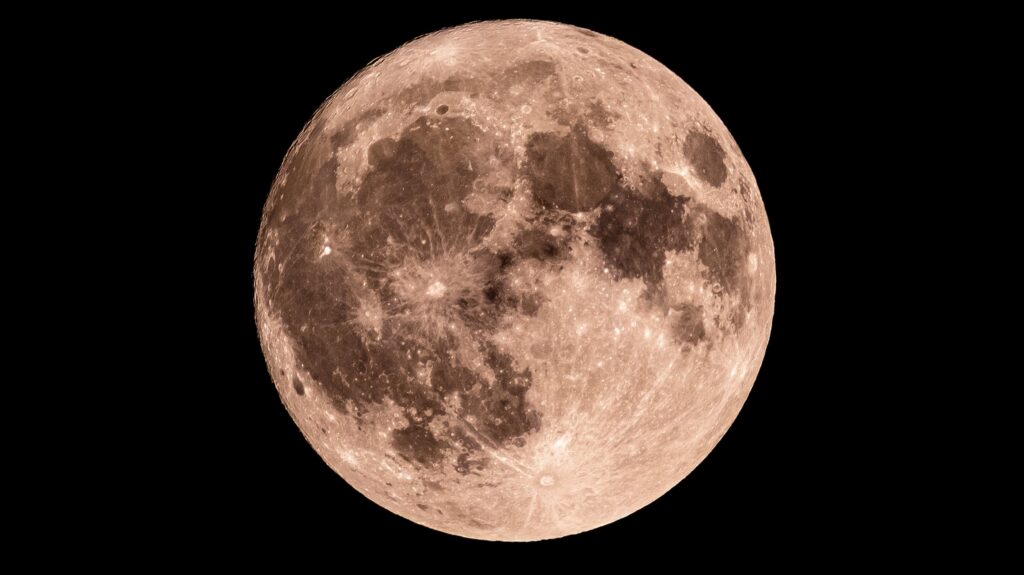
On October 18, 2023, the moon enters its Waning Crescent phase, presenting only a small sliver of light. As the moon approaches the New Moon phase, which is expected in the coming days, observers will see just 8% of its surface illuminated, according to data from NASA’s Daily Moon Observation.
For skywatchers, this limited visibility may not offer much to behold. Nevertheless, those equipped with binoculars or a telescope can catch a glimpse of the Grimaldi Basin, an expansive impact crater measuring approximately 124 miles in diameter. This basin can be found on the moon’s surface and showcases the geological history of our closest celestial neighbor.
Understanding Moon Phases
The moon’s phases are part of a continuous cycle that lasts about 29.5 days as it orbits Earth. These phases result from the varying positions of the Sun, Earth, and Moon, which change the sunlight reflected on the moon’s surface. Although we always see the same side of the moon from Earth, the amount of light visible to us alters nightly.
The eight primary phases of the moon include:
1. **New Moon**: The moon is positioned between Earth and the sun, rendering it invisible.
2. **Waxing Crescent**: A small crescent of light appears on the right side.
3. **First Quarter**: Half of the moon is illuminated, resembling a half-moon.
4. **Waxing Gibbous**: More than half is lit up but not yet full.
5. **Full Moon**: The entire surface of the moon is illuminated.
6. **Waning Gibbous**: The moon begins to lose light on the right side.
7. **Third Quarter (or Last Quarter)**: Another half-moon, this time with the left side lit.
8. **Waning Crescent**: A thin sliver of light remains on the left side before the moon returns to darkness.
Upcoming Lunar Events
The next full moon is scheduled for November 5, 2023, when the moon will be fully illuminated and easily visible to the naked eye. Until then, enthusiasts can enjoy the subtle beauty of the Waning Crescent, a reminder of the moon’s ever-changing presence in our night sky.
As the moon continues its journey, the fascination with its phases remains a captivating aspect of astronomy, drawing observers to explore the night sky and appreciate the wonders it holds.







